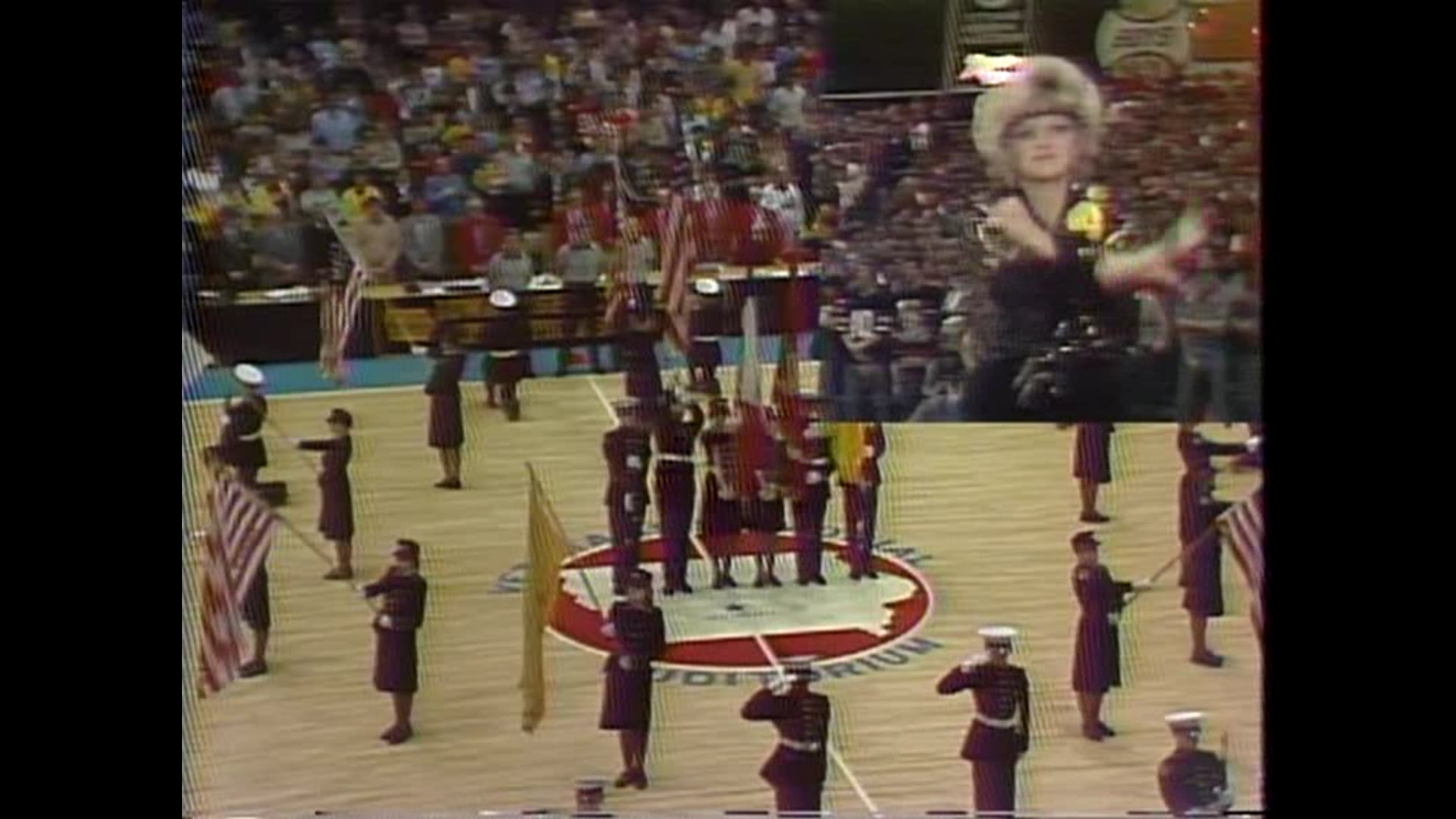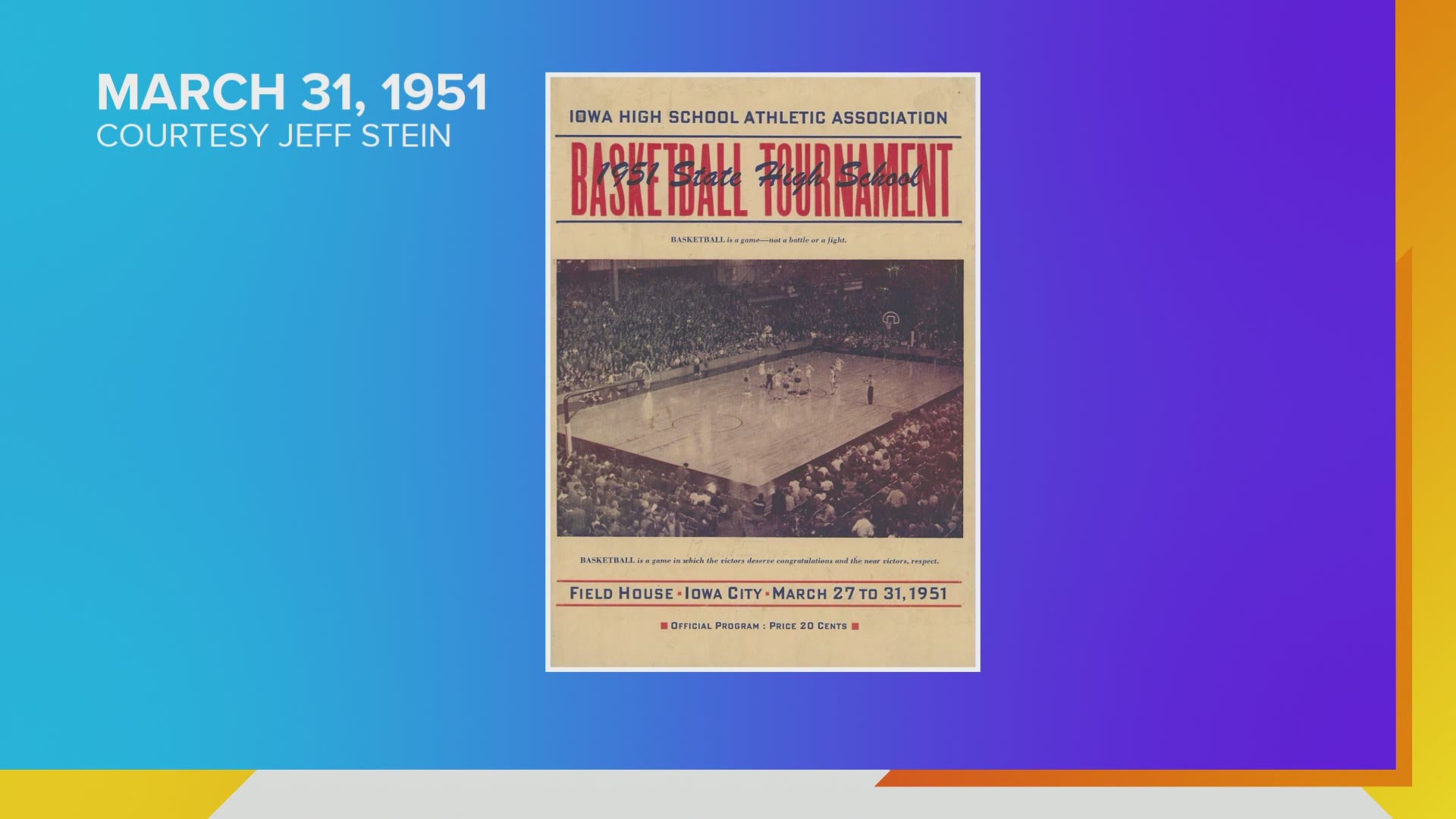The Steam platform is often considered to be the dominant way for desktop video games to be both sold and delivered . In this piece of research, we create a dataset of the number of players of each of the most-played Steam games. This dataset records the peak number of simultaneous players for each game on each day from the 22nd March 2010 to the 22nd April 2019. We then code each of these games for the presence of loot boxes, pay to win microtransactions, and pay to win microtransactions.
We then explore how these features change within the sample over time via a joinpoint analysis. Academics and policymakers have expressed interest and concern in the potential consequences of the incorporation of the features outlined above in modern video games. Recent reports have suggested that loot boxes may recently have experienced either a decline in popularity, or a rise in popularity. Changing trends in video game features were explored using joinpoint regression. Joinpoint regression is a technique for procedurally fitting a segmented regression model to trend data in order to identify points in a dataset at which a trend changes .
It begins by fitting a linear model to the dataset under test, and then iteratively tests whether the segmentation of this model via one or several 'joinpoints' leads to an improvement in overall fit. Joinpoint regression is suitable for the analysis of time series data, and commonly used to analyse change in trends over time. It is most commonly used in the analysis of changes in cancer rates over time.
However, it has been used for analysing changes in trends as diverse as sales of pipe tobacco ; suicide rates ; fatal car crashes ; workforce growth ; and the prevalence of coronary heart disease . This was undertaken in order to distinguish as best as possible between the addition of small amounts of additional content via microtransaction, and the offer to purchase substantial video game expansion packs such as in Skyrim. For example, the Echoes of Auriga Pack in Endless Legends may give the player in-game skins such as the Drum of Gios. However, it also comes with a substantial additional content in the form of a new soundtrack, and thus was not coded as a cosmetic microtransaction. A final note should be made regarding the time at which the presence or absence of these features was recorded. The presence or absence of all of the above features was coded on the basis of those features currently appearing in-game at the time of analysis.
It was deemed infeasible to consistently determine whether games had added or removed these features at any point during the period under study (2012–2019). As covered in our discussion, some games may have inserted or removed loot boxes, pay to win microtransactions, or cosmetic microtransactions during the period. This was accomplished by extracting the complete history for each game from the SteamDB website. The number of players of games with each specific feature on each of these days was then calculated.
This figure was then divided by the total number of players overall for that day, and multiplied by 100 to yield a percentage measure of exposure. An example of a game that would screen positive for cosmetic microtransactions is Rocket League, in which a variety of decals, goal explosions, and other aesthetic effects may be bought for real-world money. However, none of these purchases are able to change how the game is played. A game that would test negative for cosmetic microtransactions is the digital collectible card game Artifact, in which players can pay real-world money to purchase new cards, all of which have some theoretical gameplay value. Mr. Mendenhall welcomed everyone to Davenport and Rhythm City Casino on behalf of the RDA Board of Directors.
He echoed Mr. Hyder's comments regarding the relationship between the two entities, noting Rhythm City helps RDA keep operational costs down so there are more funds to distribute to the non-profits. Mr. Mendenhall noted the facility provides separate funding for hunger relief, and participates in the local food recovery program. He noted RDA holds as many meetings as possible at the facility to provide individuals an opportunity to experience the facility.
He advised RDA would be meeting the next day to approve the fall grants. Mr. Mendenhall stated RDA is proud of the difference they can make in the community due to the funds received from Rhythm City. Currently the Quad Cities is building a unified regional vision called the Q3030 to become a better place for businesses to operate and people to live. He stated RDA is excited to provide funding for the new YMCA building downtown, which will serve an additional 4,000 members and help to revitalize a low-income neighborhood at the edge of downtown.
This project will transform 15 acres of an industrial site and is expected to draw $75 million in future development. Mr. Mendenhall stated Rhythm City also made a significant contribution to the YMCA project. For the current grant cycle, RDA will be voting on providing funding for job mentoring, teenage film making, emergency relief funds, youth music, professional chefs at the Farmers' Market and veteran support. He noted smaller social grants have the ability to capitalize on the passion of people who want to improve the community, but may not need a significant amount of money. Mr. Mendenhall noted the RDA Board is well-respected, and when they decide to fund a project, others within the community take notice.
Finally, and most importantly, this dataset consists only of information about desktop games available via the Steam marketplace. It is therefore unable to provide information about the exposure to cosmetic microtransactions, loot boxes, and pay to win features on other platforms such as mobile devices. This point is well-taken, and a detailed discussion that addresses R3's questions has been incorporated into the manuscript. We have extended our method section to describe how overlap between loot boxes, pay to win, and cosmetic microtransactions was considered within our analysis. Other definitional questions touched on by the editor have been addressed through additions to our method and introduction. These are detailed below in the rest of this rebuttal, alongside relevant reviewer comments.
Additionally, each game was coded as containing a specific feature if it contained that feature at the time of coding. Theoretically, a game may have only introduced a feature such as cosmetic microtransactions in 2017 or 2018. Yet, when coding took place, all datapoints for that game would be coded as coming from a game which contained such a feature. If this is the case, the models produced below could underestimate the size of increases in exposure within the sample. Furthermore, it is also possible that games in the sample had previously contained loot boxes, and then subsequently removed them. These games would be coded as not containing loot boxes, and their presence in the sample might lead to the overestimation of increases in exposure to loot boxes.
Pay to win microtransactions are thought to have originated with online multiplayer games such as MapleStory in the early 2000s , and have garnered controversy amongst both gamers and academics alike. Criticisms of pay to win microtransactions are wide-ranging. In , researchers suggest that they may encourage the entrapment of players. However, as noted in , not all microtransactions in games are purely cosmetic in nature.
Players of many modern video games are also given the option to purchase virtual items and bonuses that increase their chances of in-game success. In this paper, we define any situation in which players are able to exchange real-world money for something that increases their chance of in-game success as a 'pay to win' microtransaction. Both coders then met and discussed the remaining games on which their codes conflicted. The resolution of these cases via dialogic intersubjectivity led to perfect agreement, and a final dataset of games annotated with the presence of both loot boxes, pay to win features, and cosmetic microtransactions.
I am not convinced that the definition provided by the UK Parliament is of much use in an academic context. This would not be problematic if the authors did not liken loot boxes to slot machines. If the authors believe that digital collectible card games are gambling do the authors then also believe that non-digital collectible card games are gambling? I'm assuming this would go against the view of the UK Parliament. The one exception is their definition of loot boxes, which is still think is too vague and ambiguous for an academic paper. The authors still do not account for the fact that the same loot box can be purchased with fiat currency or in-game currency accrued through play.
Instead, they seem to argue that the same item (e.g. a card pack) in digital games are loot boxes if purchased with fiat currency and not loot boxes if purchased through play. The taxonomies presented to characterize micro-transactions could be clearer. First, are the virtual items obtained purely aesthetic, or do they alter gameplay and confer an in-game advantage? Second, are they purchased directly, or obtained randomized reward mechanisms (e.g., loot boxes)?
Although items that provide competitive boosts and are purchased directly seem to clearly fall under the "pay-to-win" heading, I'm not sure items obtained from loot boxes would, even if they confer a competitive advantage. However, I wonder if both the function of the item and the method of acquisition are likely to be important to understanding whether the microtransaction in question constitutes a pay-to-win mechanism. Similarly, when considering "gambling-like entrapment", it seems important to separate the nature of the item from the nature of the reward delivery mechanism (i.e., randomized outcome vs. direct purchase).
This becomes clearer in the "present research" section – where microtransactions are characterized as loot boxes, pay to win, or cosmetic – but I think this issue could be a little more clearly distilled in the introduction. The exploratory analysis presented above suggests that pay to win microtransactions continue to be an uncommon feature of desktop video games. Increases in exposure to this feature appeared to only gradually rise from 2010 onwards, and to plateau in 2015, leading to relatively low levels of exposure in 2019. However, other "pay to win" microtransactions also change how a game looks. For example, players of the game Awesomenauts can spend real-world money to purchase additional in-game characters.
However, they also have unique and special looks, and therefore have cosmetic value as well. Within the context of this paper, if a microtransaction changes both how a game looks and confers an in-game advantage, we would categorise that microtransaction as 'pay to win'. However, at some point in the early 2000s, monetisation in video games underwent a significant shift.
As well as selling games as complete products, publishers also began offering gamers the ability to purchase additional items, bonuses or services within the game itself for a real-money fee, known as a 'microtransaction' . Hearing no comments or questions, Chair Kramer requested a motion. Commissioner Arnold moved to approve the contract as submitted.
Commissioner Heinrich seconded the motion, which carried unanimously. Commissioner Gonseth Cheers moved to approve the contract as submitted. Commissioner Lamberti seconded the motion, which carried unanimously. Commissioner Lamberti moved to approve the contracts as submitted. Commissioner Gonseth Cheers seconded the motion, which carried unanimously.
Chair Kramer expressed appreciation for the high number of Iowa vendors utilized, which can be difficult for facilities located on the border. Commissioner Gonseth Cheers moved to approve the contracts as submitted. Commissioner Arnold seconded the motion, which carried unanimously. Commissioner Lamberti moved to approve the contract as submitted. Commissioner Heinrich moved to approve the contracts as submitted. Commissioner Arnold moved to approve the contracts as submitted.
The manuscript has been augmented to incorporate a more clear delineation between loot boxes, pay to win microtransactions, and cosmetic microtransactions. The definitional points made by R2 have been taken into account. The paper examines an interesting and important topic in game studies.
However, I have some major concerns with the paper, one is methodological and one in ontological. First of all, the authors several times distinguish between cosmetic microtransactions, pay-to-win microtransactions, and loot boxes. This gives the impression that the authors understand these to be distinct objects.
However, since loot boxes can contain both cosmetic and pay-to-win objects this is misleading to the reader. Pay-to-win items and cosmetic items, it seems to me that loot boxes are not as much items as a procedure for doling out rewards or products in a transaction. The first of them has to do with the very definition of pay-to-win, cosmetic microtransactions, and loot boxes. As pointed out by R2 and R3, loot boxes can contain items that can confer or not competitive advantage to the player who purchases them, so some overlap exists between loot boxes and the other two categories.
Please provide the necessary information on how this overlap was resolved . Overall, 463 games were included in the final dataset after removing the eleven that could not be categorised. There were 75 games with loot boxes, 388 games without them, and 11 games that could not be categorised.
There were 135 games with pay to win microtransactions, 328 games without them, and 11 games that could not be categorised. There were 203 games with cosmetic microtransactions, 260 games without them, and 11 games that could not be categorised. Loot boxes are thought to be extraordinarily lucrative for the video games industry, with one source estimating that they may have generated as much as $30 billion in revenue in 2018 alone . However, there are distinct concerns about this monetisation strategy. As noted in , loot boxes share distinct similarities with gambling.
This has led to concerns that engaging with loot boxes may lead to increases in gambling amongst gamers . Spending on loot boxes has been repeatedly linked to problem gambling. However, it is uncertain whether this is because loot boxes cause problem gambling, or whether it is because individuals with pre-existing gambling problems spend more money on loot boxes [18–20]. Hearing no comments or questions, Chair Kramer requested motion.
Commissioner Heinrich moved to approve the contract as submitted. In 1993, a video game store opened for business in Dubuque, Iowa with the idea of having great products, great prices and great customer service. Over time, Video Games Etc has evolved into a seven-store chain with stores spread across much of Eastern Iowa. What are some health concerns the public should be aware of? Secondly, we need to decrease our sugar intake to help keep a more balanced diet, and exercise regularly. We are not entirely clear with what reviewer 2 is getting at here.
They state that the authors 'believe that digital collectible card games are gambling'. Yet nowhere in this manuscript have we classified loot boxes as 'gambling' or 'not gambling'. The only paragraph that could even potentially be read this way is the one we quote above. As we have now removed this sentence, we hope that this potential misinterpretation may also now be resolved. Finally, although not mentioned by the reviewers, I suggest to better justify the statistical approach.
Why was joinpoint analysis used instead of trying to fit some continuous function? As far as I know, joinpoint regression is aimed at detecting time points in which trends change, so they can be interpreted in relation to certain events (e.g. policy changes, or new legislations). I understand that trying explain post-hoc what happened at such point would be highly speculative. Yet, in the absence of prior hypotheses regarding trend changes, the use of this analysis may seem arbitrary.























